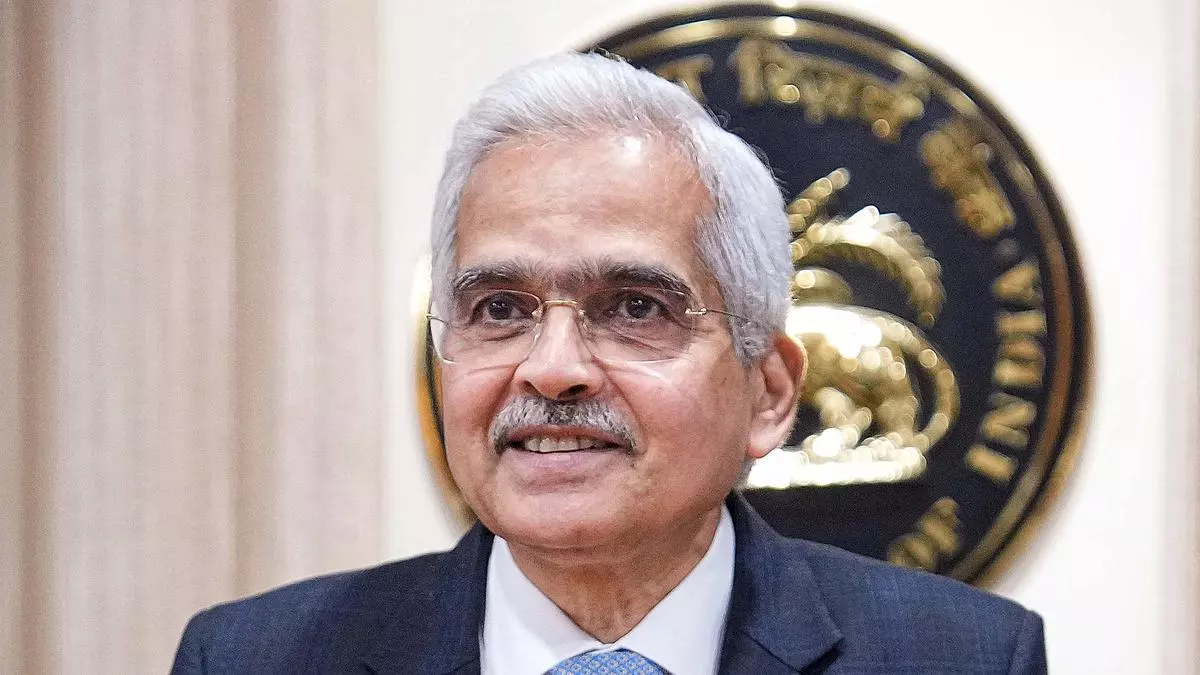Indian banking system is well-placed to support India’s growth story: RBI Guv Das
The Indian banking system is well-placed to support India’s growth story in the years ahead, RBI Governor Shaktikanta Das said.
The governor noted that RBI took a series of initiatives on the regulatory and supervisory fronts during the last five years, while banks themselves, to their credit, responded to the challenges by strengthening their internal defence mechanisms.
“As a result of these concerted efforts, there has been a gradual and consistent turnaround in the Indian banking system despite multitude of headwinds emanating from Covid-19, geopolitical conflicts and sharp monetary policy tightening in almost every country in the world,” Das said at a BFSI summit hosted by a publishing house.
Also read: ‘What is good for another market need not be good for us’, says RBI Guv Das on crypto regulations
The governor emphasised that all key indicators of scheduled commercial banks (SCBs), namely, capital adequacy, asset quality and profitability have shown improvement in the last four years.
The capital adequacy of banks has increased by 181 basis points (bps) from 14.8 per cent as on March 31, 2020 to 16.6 per cent as on September 30, 2023. The asset quality has also steadily improved with gross non-performing assets decreasing from 8.3 per cent to 3.3 per cent and the provisioning coverage ratio increasing from 81.2 per cent to 91.9 per cent during the same period.
The profitability, as reflected in the Return on Assets and Return on Equity, too, has shown an increase of 119 bps and 1131 bps, respectively. The liquidity coverage ratio (LCR) of SCBs was comfortable at 135.4, much above the minimum stipulation of 100.
Also read: RBI Guv Shaktikanta Das to Address WEF Annual Meet at Davos on Jan 17
“The credit growth has now become broad-based and backed by the strong fundamentals of the financial institutions. The financial indicators of non-banking financial companies are also in line with that of the banking system as per the latest available data. On the whole, India’s banking sector has emerged stronger from the unprecedented challenges of the recent years,” Das said.
Fintech sector growth
The governor underscored that data on private equity flows into the digital lending space after the issuance of guidelines on digital lending (issued in September 2022) and on First Loss Default Guarantee (FLDG) (issued in June 2023) demonstrates the faith of investors on the Indian digital lending story and the belief that, going forward, digital lending under the regulatory gaze of the Reserve Bank will spur the fintech sector even more.
The aforementioned guidelines cover prudential concerns and other salient facets of outsourcing, business conduct, data privacy and digital lending operation.
“The regulatory objective was to rein in the negative externalities while retaining the salutary effects of innovative digital business models,” Das said.
Also read: Retail investors warm up to T-Bills, Sovereign Gold Bonds on RBI’s portal
Das observed that post pandemic, digital lending has seen an exponential rise in various emerging economies, including India. There has been an increase in scale and velocity of digital credit.
“At the same time, it has raised a host of business conduct issues. Consequently, various regulatory dilemmas have emerged wherein a balanced approach had to be taken.
“It was necessary to weigh the customer benefits brought in by innovative business models of fintech on one side and the emerging business conduct and regulatory concerns on the other,” the governor said.
